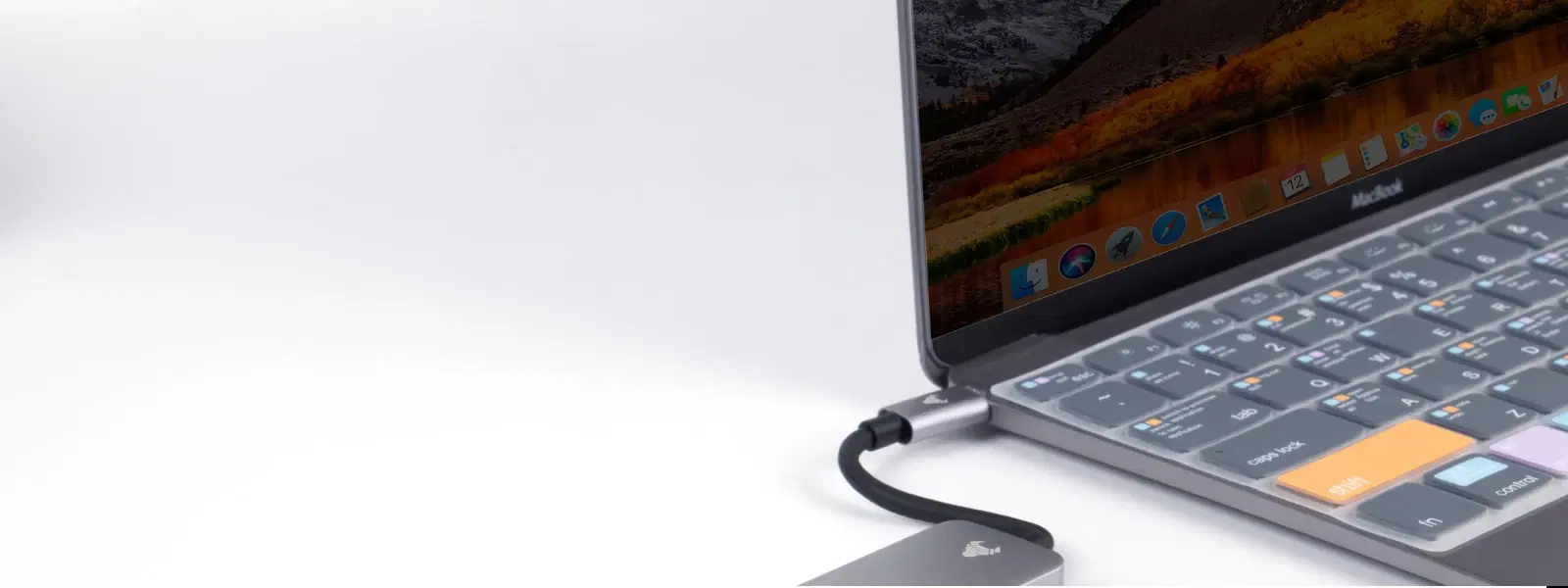
Consumer Electronics
•04 min read
Struggling to boot your Dell laptop from a USB drive? Whether you're setting up a new operating system or troubleshooting a stubborn device, understanding how to configure USB boot settings on your Dell laptop is key. In this guide, you will learn how to access the boot menu, navigate Dell BIOS boot options, configure boot settings, and resolve common issues. The process is applicable whether you are using Windows 10, Windows 11, or even an earlier version.
Booting from a USB drive means starting your computer from an external storage device. This method is commonly used for installing an operating system, performing system repairs, or running diagnostic tools. Correctly configuring your Dell laptop's BIOS is essential in allowing the system to recognise the USB drive as a bootable device.
You might find yourself needing to boot your device from a USB drive in several scenarios. Whether you are installing a fresh copy of an OS, updating hardware settings, or repairing critical system issues, setting up your device through the boot menu is a practical solution. Compared to other boot methods, using a USB drive can simplify the process and increase reliability.
To initiate booting from a USB, you will need to access the Dell laptop boot menu. Turn on or restart your laptop and press the F12 key as soon as you see the Dell logo. The boot menu provides a list of available devices, including any connected USB drive.
Once in the boot menu, you will notice various boot options. Dell BIOS settings make it easy to select the USB boot option. It is important to understand the difference between Legacy and UEFI modes. Legacy mode is generally used for older systems, whilst UEFI is found in newer models, providing faster boot times and enhanced security. Knowing these differences helps you choose the correct USB boot settings on your Dell laptop.
To enable USB boot in BIOS on your Dell laptop, start by restarting your device. Press the F2 key during startup to enter the BIOS settings. Once inside, navigate to the Boot tab using the arrow keys. Here, you will need to enable the USB boot option and make sure that the USB device is prioritised in the boot sequence. Saving these changes before exiting is critical to ensure your settings remain active.
Reordering the boot sequence ensures that your Dell laptop checks the USB drive first. After enabling the USB boot, use the on-screen instructions to move the USB device to the top of the boot order list. Confirm and save your changes before rebooting your system. This configuration is vital for preventing delays and ensuring that the boot from USB drive is successful.
Sometimes, the USB drive might not appear in the boot menu, or the option might be missing entirely. One common issue is when the USB drive is not properly connected or formatted as a bootable device. Ensuring your drive is correctly prepared can help overcome this problem. Similarly, if the USB boot option is missing, checking your BIOS settings for Legacy Mode or UEFI configurations might resolve the issue.
Did You Know? BIOS Settings Can Make or Break Your USB Boot Attempt
Ensuring your USB drive is bootable is fundamental. To avoid frustrating delays, verify that your drive is correctly formatted and compatible with your laptop’s BIOS mode. Taking this time to prepare your USB drive using reputable tools like Rufus or the Windows Media Creation Tool can save you hours of troubleshooting.
For Dell models such as the Latitude, Inspiron, XPS, and Precision, booting into Windows is a straightforward process. Firstly, ensure your USB drive is bootable by following the preliminary steps mentioned earlier. Insert the USB drive, restart your laptop, and upon seeing the Dell logo, press F12 to access the boot menu. Select the USB drive from the available devices and follow the on-screen instructions to proceed with the Windows installation.
If you are using non-standard USB drives or require additional configurations, delve into your Dell UEFI BIOS settings. In these situations, manually adding USB boot options or adjusting security settings may be necessary. Always remember to save your settings before exiting, so the changes take effect during the next boot cycle. This advanced configuration can be a boon for tech enthusiasts eager to optimise system performance.
Restart your laptop, press F2 to access BIOS, navigate to the Boot tab, enable USB boot, and prioritise the USB device in the boot order.
The boot key for Dell laptops is typically F12, which allows you to access the boot menu directly.
Insert the bootable USB, restart the laptop, press F12 to enter the boot menu, select the USB device, and follow the on-screen instructions to install Windows 10.
Ensure the USB is bootable, access BIOS settings by pressing F2, enable the USB boot option, set the USB as the primary boot device, and restart the laptop.
Booting from a USB on your Dell laptop is a straightforward yet essential process that can empower you to install or repair your operating system with confidence. Learning to navigate the boot menu and correctly configure BIOS settings not only simplifies these tasks but also builds trust in your technical skills. By following the guidance provided, you can enjoy seamless system management, much like earning NeuCoins rewards when shopping smartly on Tata Neu. Explore the world of seamless tech experiences with ease, and remember that achieving proficiency in setup and troubleshooting can lead to a more rewarding interaction with your device.